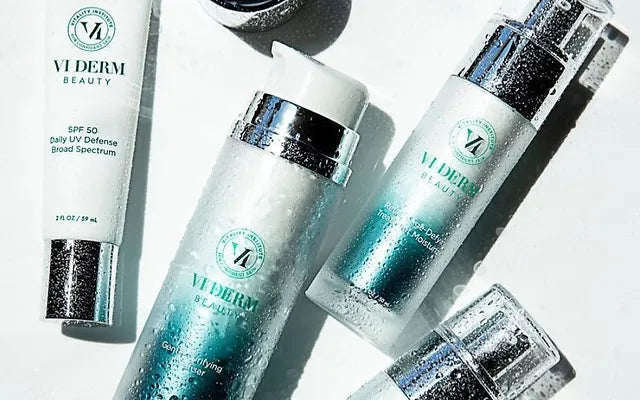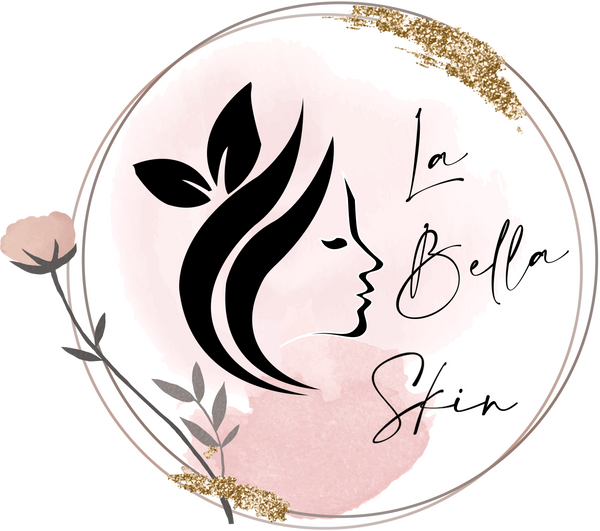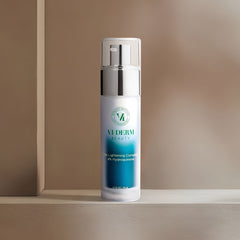
Can I Use Hydroquinone After Broad Band Light Treatment?
Compartir
After a Broad Band Light (BBL) treatment, the journey to clearer, more even-toned skin doesn’t end in the treatment room. Skincare plays a critical role in maintaining and enhancing your results, and one popular question often arises: Can hydroquinone be safely used post-BBL treatment?
While hydroquinone is celebrated for its ability to treat hyperpigmentation, its use after laser-based treatments requires strategic timing and expert care. In this guide, we’ll dive deep into how and when to use hydroquinone safely after a BBL session to achieve the best possible outcomes.
What Is Broad Band Light (BBL) Treatment?

BBL treatment is a non-invasive phototherapy that uses pulses of broad-spectrum light to target pigmentation, sun damage, rosacea, and fine lines. Unlike traditional lasers, which focus on one specific wavelength, BBL delivers multiple wavelengths to penetrate both surface-level and deeper skin concerns.
What Does BBL Treat?
- Age spots and liver spots
- Sun damage and UV-induced pigmentation
- Post-inflammatory hyperpigmentation (PIH)
- Fine lines and wrinkles
- Rosacea and facial redness
BBL works by stimulating collagen production while breaking down pigmented cells, resulting in a brighter, more even complexion over time. However, after BBL treatments, your skin needs proper post-care to ensure the results last and to avoid any unintended pigmentation issues.
What Is Hydroquinone, and How Does It Work?
Hydroquinone is a topical depigmenting agent commonly used to treat hyperpigmentation, melasma, and dark spots. It works by inhibiting tyrosinase, the enzyme responsible for melanin production. This process helps to fade existing pigmentation while preventing new dark spots from forming.
When used properly, hydroquinone can amplify the results of BBL treatments by addressing any remaining pigmentation and extending the treatment’s benefits.
Can Hydroquinone Be Used After BBL Treatment?

Yes, hydroquinone can be used after BBL treatment—but timing is essential. Since both hydroquinone and BBL promote skin renewal, reintroducing hydroquinone too soon could lead to irritation, redness, or compromised healing. Here’s what you need to know:
1. Give Your Skin Time to Heal
After your BBL session, your skin may experience mild redness, swelling, or sensitivity. It’s essential to give your skin at least 1 to 2 weeks to heal before reintroducing hydroquinone. During this time, focus on soothing and hydrating products that support your skin barrier.
Recommended Post-BBL Products (First 1-2 Weeks):
- Hydrating serums with hyaluronic acid or aloe vera to lock in moisture.
- Fragrance-free moisturizers to soothe and calm irritated skin.
- Gentle cleansers that don’t strip the skin.
2. Consult with Your Skincare Provider
Your dermatologist or esthetician is your best guide when it comes to reintroducing hydroquinone into your post-BBL routine. They can tailor recommendations to your skin type, treatment intensity, and healing progress, ensuring safe and effective use of hydroquinone without triggering unwanted side effects.
3. Sun Protection Is Critical
BBL-treated skin is highly sensitive to UV exposure. Adding hydroquinone—another ingredient that increases sun sensitivity—makes it even more important to shield your skin from the sun.
How to Protect Your Skin Post-BBL and Hydroquinone Use:
- Apply broad-spectrum sunscreen (SPF 30+ or higher) every morning.
- Reapply sunscreen every 2 hours if you’re outdoors.
- Wear protective clothing like wide-brimmed hats and sunglasses.
- Avoid direct sun exposure for at least 2 weeks post-treatment.
Skipping sunscreen can undo your progress by triggering new pigmentation.
How Hydroquinone Enhances BBL Results
Hydroquinone is a powerful complement to BBL treatments. Here’s how it works in synergy to improve your skin’s clarity and tone:
1. Targets Residual Pigmentation
BBL effectively breaks down pigmentation, but it may leave behind subtle surface-level dark spots. Hydroquinone can fade these remaining spots to create a more even complexion.
2. Prevents New Pigmentation
Hydroquinone inhibits melanin production, reducing the chance of post-inflammatory hyperpigmentation (PIH) from forming after your BBL session.
3. Speeds Up Brightening
Using hydroquinone after your skin has healed helps maintain and amplify the brightening effects of BBL. This combination leads to faster and more noticeable improvements in skin clarity and evenness.
How to Safely Incorporate Hydroquinone After BBL Treatment
Once your skin has healed and your provider gives the green light, here’s how to reintroduce hydroquinone safely:
Step-by-Step Routine for Post-BBL Hydroquinone Use:
- Start Slowly: Use hydroquinone every other night to allow your skin to adjust.
- Target Problem Areas: Focus application on pigmented areas rather than using hydroquinone all over your face.
- Moisturize: Follow with a hydrating moisturizer to support your skin barrier.
- Monitor Skin Response: Watch for signs of irritation. If redness or dryness occurs, reduce the frequency of hydroquinone use.
- Sunscreen Is Mandatory: Always apply broad-spectrum SPF 30+ during the day to protect your skin.
Additional Skincare Products to Pair with Hydroquinone
In addition to VI Derm Hydroquinone, these products can enhance your post-BBL recovery:
- Hydrating Serums: Look for hyaluronic acid-based serums to maintain moisture.
- Soothing Moisturizers: Use fragrance-free creams with ceramides or aloe to calm the skin.
- Vitamin C Serum: Incorporate a vitamin C antioxidant during the day to boost protection against environmental stressors and maintain bright skin.
Key Takeaways for Using Hydroquinone After BBL Treatment
- Wait 1-2 weeks after BBL before reintroducing hydroquinone to avoid irritation.
- Consult your provider for personalized advice on when and how to restart hydroquinone.
- Use sunscreen daily to protect your skin and prevent new pigmentation from forming.
- Start slowly with hydroquinone—every other night at first—and monitor your skin’s response.
Final Thoughts: Achieve Radiant Skin with Hydroquinone and BBL

Incorporating hydroquinone after BBL treatments can significantly enhance your results, particularly for addressing residual pigmentation and maintaining an even skin tone. However, timing and proper care are essential to avoid irritation and get the most out of your treatment.
If you’re looking for a professional-grade hydroquinone product, try the VI Derm Beauty Skin Lightening Complex 4% Hydroquinone Cream. It’s trusted by skincare professionals for its ability to reduce pigmentation and even skin tone without unnecessary irritation.

